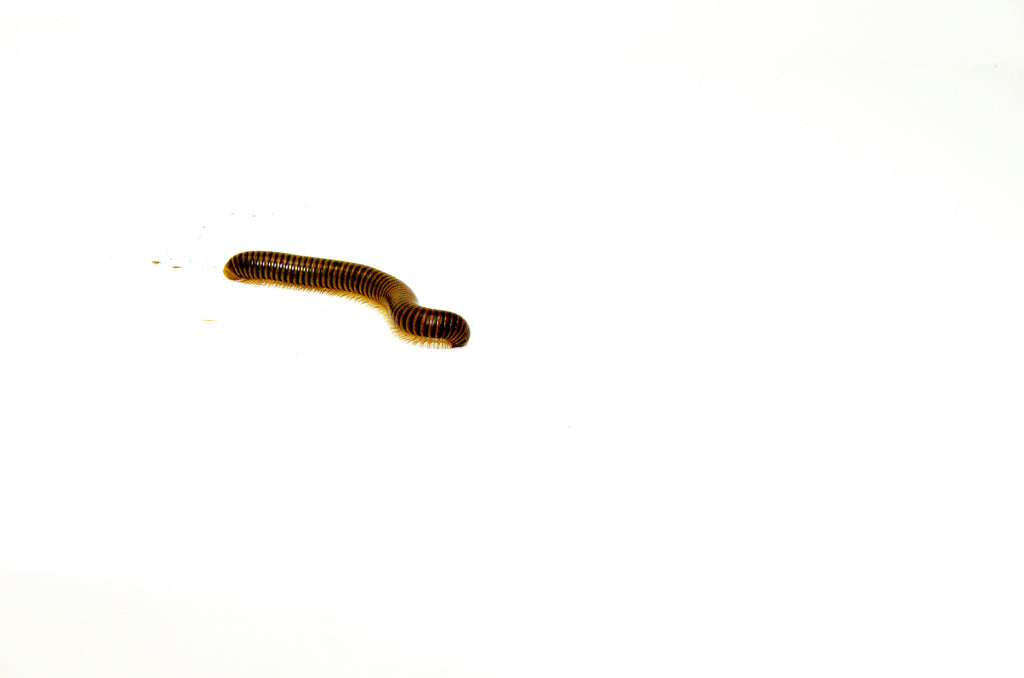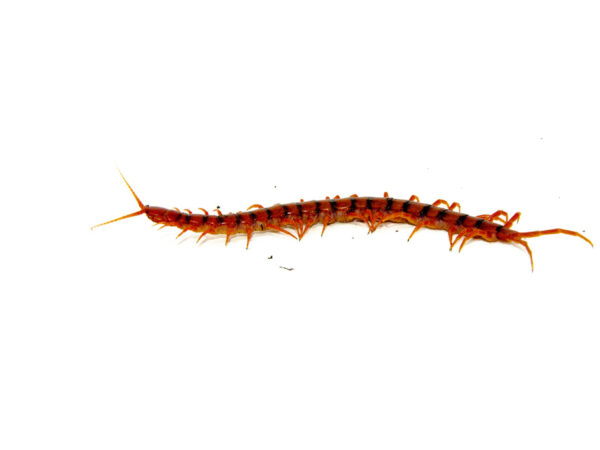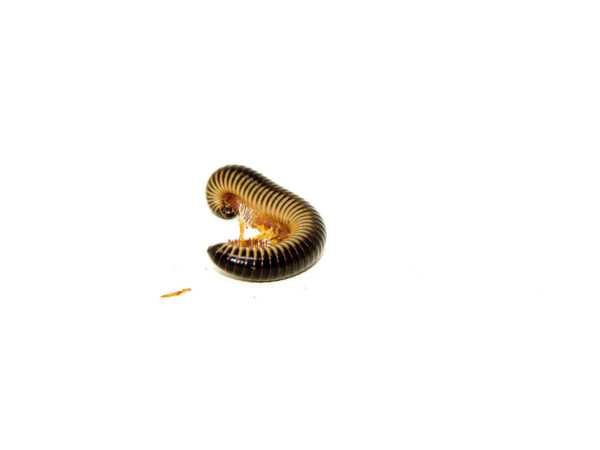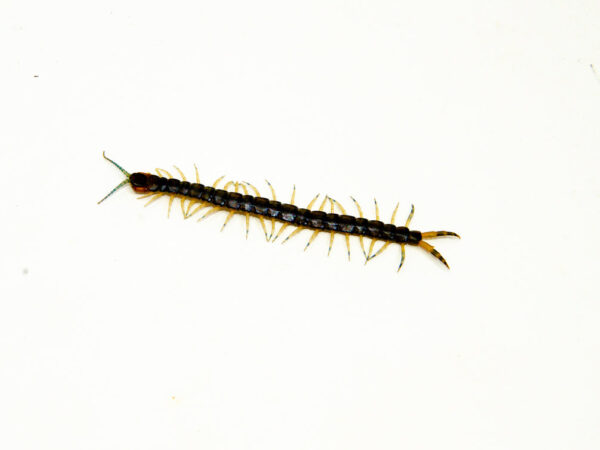Blonde Pink Footed Millipede (Narceus americanus): A Gentle Giant for Millipede Enthusiasts
The blonde pink footed millipede (Narceus americanus) is a unique and captivating invertebrate that’s perfect for both beginner and experienced keepers. Known for its gentle nature, subtle beauty, and ease of care, this North American native is quickly gaining popularity in the exotic pet world.
With soft blonde to tan coloring and signature pale pink legs, this species adds a delicate charm to any bioactive terrarium or invert display. If you’re looking for a low-maintenance pet that’s great for observation and education, the blonde pink footed millipede (Narceus americanus) might be the perfect match.
Species Overview blonde pink footed millipede (narceus americanus)
This large millipede species is native to the eastern United States and parts of Canada. It thrives in moist, forested areas under logs, leaf litter, and decomposing wood. As a detritivore, it plays a crucial ecological role in breaking down organic matter.
The blonde pink footed millipede (Narceus americanus) typically reaches lengths of 4 to 6 inches and can live up to 10 years in captivity with proper care. Its soft exoskeleton and beautiful coloration make it a standout among native species and a favorite in naturalistic enclosures.
Enclosure Setupblonde pink footed millipede (narceus americanus)
Creating a comfortable habitat for your millipede is simple but essential. These burrowers require humidity, darkness, and nutrient-rich substrate.
Recommended Enclosure Setup:
-
Enclosure Size: 5–10 gallons per individual or pair
-
Substrate Depth: Minimum 4 inches (ideally 6–8 inches for burrowing)
-
Substrate Mix: Organic topsoil, coconut fiber, leaf litter, decomposed wood (no fertilizers or pesticides)
-
Temperature: 70–78°F (21–25°C)
-
Humidity: 75–85%
-
Lighting: Not required; indirect room lighting is sufficient
-
Decor: Cork bark, moss patches, leaf litter, and decaying wood pieces
The substrate is key. The blonde pink footed millipede eats its environment, so everything must be safe, pesticide-free, and rich in decomposing organic material.
Feeding & Diet
Millipedes are detritivores, meaning they consume decaying plant matter. In captivity, the blonde pink footed millipede should be provided a mixture of natural substrate foods and supplemental vegetables or fruits.
Core Diet:
-
Decomposing leaves and wood (especially oak, maple, and elm)
-
Vegetables: cucumber, squash, carrots, zucchini
-
Fruits: apple, banana (small amounts, occasional)
-
Calcium: cuttlebone pieces or crushed eggshells (for exoskeleton strength)
Feed small portions 2–3 times per week. Remove uneaten food after 24–36 hours to prevent mold or mites. Having a healthy, compost-rich substrate allows the millipede to forage naturally as well.
Behavior & Temperament
The blonde pink footed millipede is incredibly docile, slow-moving, and non-defensive. It does not bite or sting and is perfectly safe to handle gently—although overhandling should be avoided to prevent stress.
Typical behaviors include:
-
Burrowing during the day
-
Surfacing at night to explore and eat
-
Rolling into a tight coil when disturbed (defensive mechanism)
-
Producing a harmless but smelly secretion when stressed
Always wash hands after handling, and avoid touching your face or eyes, as their defensive chemicals can irritate mucous membranes.
Cleaning & Maintenance
Caring for the blonde pink footed millipede involves light weekly upkeep and occasional deep cleaning.
Maintenance Tips:
-
Spot clean waste and moldy food weekly
-
Mist enclosure lightly every 2–3 days
-
Check humidity with a digital hygrometer
-
Replace substrate every 4–6 months or as needed
-
Monitor for pests like mites or fungus gnats
A healthy millipede will be active at night, exhibit smooth, coordinated movement, and regularly burrow. If you see signs of prolonged inactivity on the surface, it may be molting underground, which can take several weeks.
Reproduction & Molting
This species is known to reproduce in captivity when provided deep, moist substrate and a proper diet. Mating is typically followed by the female laying eggs in small underground chambers.
Molting occurs periodically and can be a vulnerable time for the blonde pink footed millipede (Narceus americanus). During this phase, it may remain hidden for weeks. Avoid disturbing the substrate during this time to reduce the risk of injury.
Why Choose This Species?
The blonde pink footed millipede (Narceus americanus) is an ideal pet for those seeking a calm, low-maintenance invertebrate that thrives in a bioactive or naturalistic setup. With proper care, it can live for years and even breed in captivity.
Its peaceful temperament, ecological value, and striking appearance make it a rewarding and educational addition to any invertebrate collection.








Reviews
There are no reviews yet.